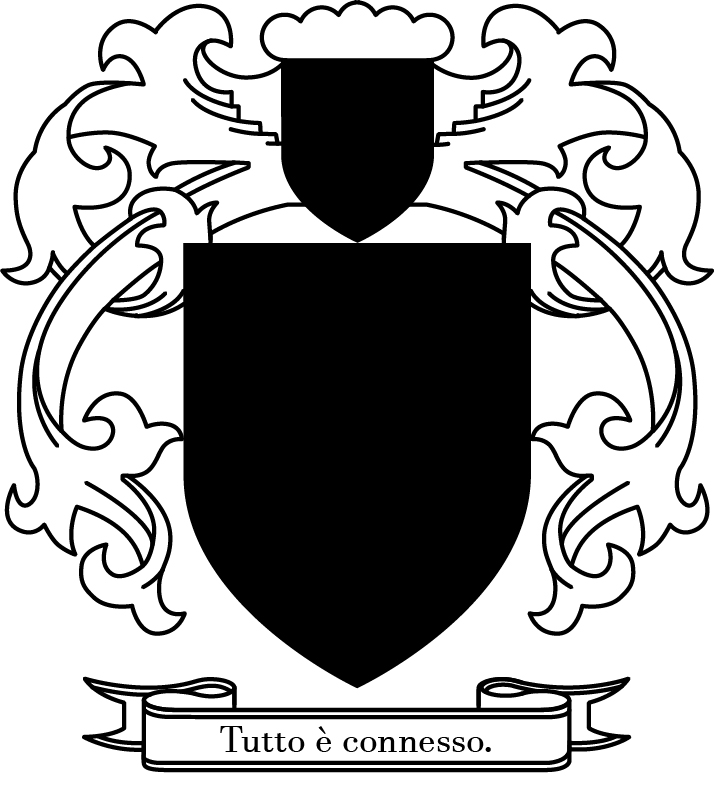Merz World - Exhibition at Cabaret Voltaire · 6 April 2011 by Medusa Cramer
14.4. – 21.8. 2011, Cabaret Voltaire, Zurich
Opening reception 14.4.2011, 18:00
Curated by Maurizio Bortolotti and Adrian Notz
Merz World will comprise contributions on Dada and Merz by Olaf Breuning, Com&Com, Medusa Cramer, Marcel Duchamp, Etoy, Andy Guhl, Carl Michael von Hausswolff, Kasimir Malewitsch and many others.
In cooperation with the Faculty of Fine Arts of the School of Design, St. Gallen. Supported by the City of Zurich.
Medusa’s contribution: “Das namenlose Wilde” (the nameless wildness), 2003/2011
The installation consists of a cashbox from the 19th century. The box looks like a long-hidden and now elevated treasure, with nothing inside but desert sand. If the observer approaches the object or touches the sand, wind noise spreads and two voices talk:
– Whence have you come? – I come from nowhere. – Tell me, what are you? – I am not. – What do you wish? – I do not wish. – That is odd. Tell me, what is your name? – I am called „Nameless Wildness”. – „Nameless Wildness” is appropriate for you are truly wild. Now answer this question: where does your insight lead to? – Into untrammeled freedom. – Tell me, what do you call untrammeled freedom? – When a man lives according to his caprices without distinguishing between God and himself, and without looking before or after.The „Nameless Wildness” replies here, and the dialogue suggests that basic principles of art, of freedom are discussed here. It seems that most movements of cultural negation or avant-gardism somehow imply this parable or question of freedom, whether we are talking about Dada, Situationism, Punk or parts of contemporary digital culture. A certain Heinrich Seuse wrote this dialogue as long ago as the thirteenth century.
Of course, nobody back then envisaged the avant-gardes that were to follow some centuries later, but Seuse referred in particular to a brotherhood of heretics, which were active for quite some time in Europe’s underground, the so-called „Brethren of the Free Spirit”. Similar in appearance to other monks dressed in rags, the brethren had quite a different idea of human life than that of the church: their values included equal rights, free love, atheism and the rejection of all work. As a disciple of the German mystic Meister Eckhard, Seuse was automatically recognized as thinking and working on the brink of heresy, and that is why the „Nameless Wildness”, a representative of the brotherhood, is depicted in his Book of Truth as an erring subject who must be shown the way and taught responsibility.
Hugo Ball, co-founder of the Cabaret Voltaire, where “Das namenlose Wilde” is being exhibited, certainly knew the texts of Seuse as well as of Eckhard – the thoughts of these two german mystics could, my theory so far, illustrate Ball’s personal link between libertine Dada concepts and christian mysticism. But more important to me is that the installation represents a principal parable of artistic work and counter culture which is at work here and let the desert bloom.
laxo II: The fever of the human voice Monte Verità: A photo essay


